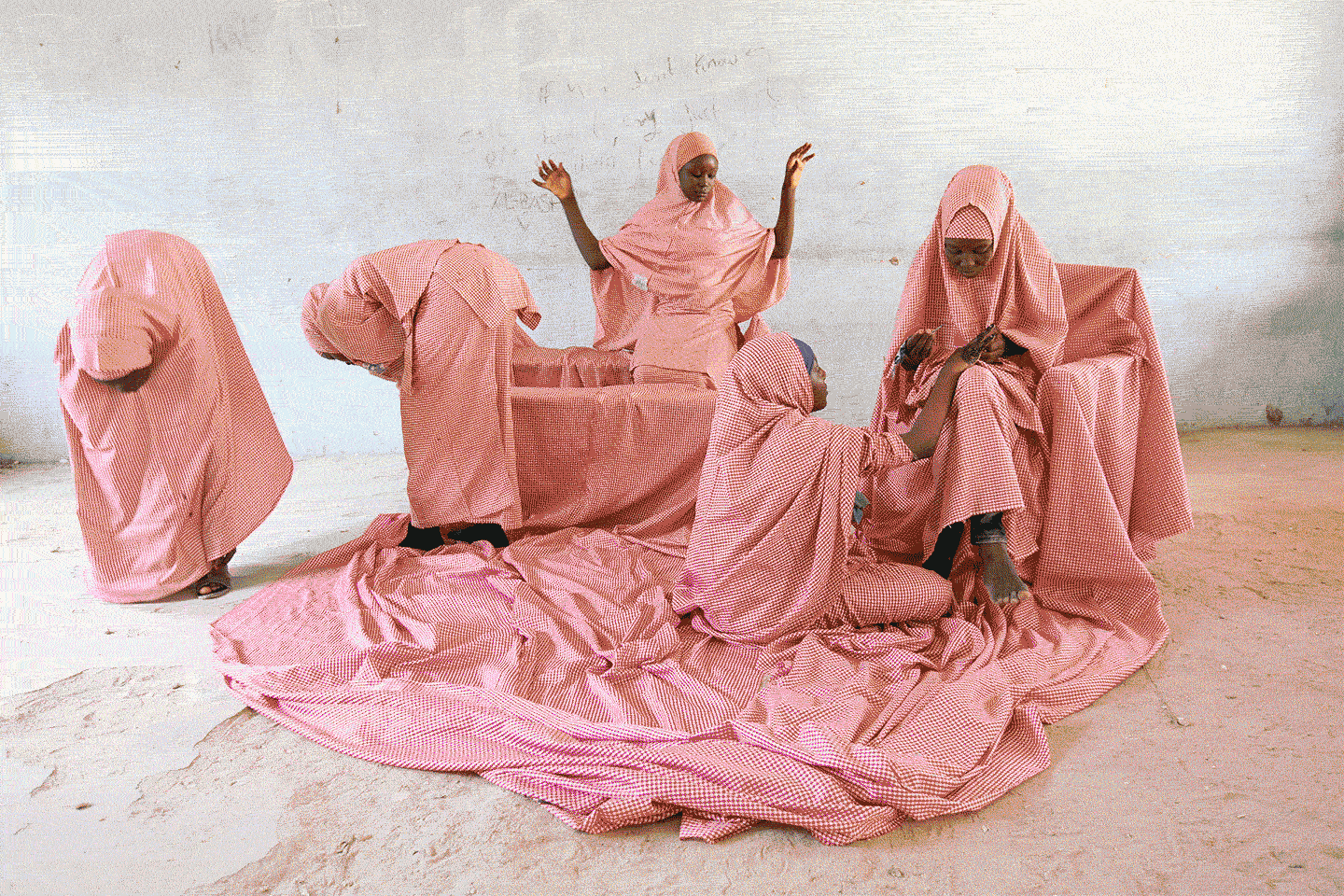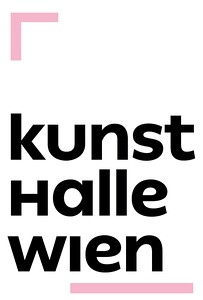November 19, 2021–February 20, 2022
Museumsquartier, Museumsplatz 1
1070 Vienna
Austria
Hours: Tuesday–Sunday 10am–6pm,
Thursday 10am–8pm
With: Laila Bachtiar, Sophie Carapetian & Jakob Jakobsen, Tony Cokes, Henry Joseph Darger, Patricia Domínguez, Rahima Gambo, Yesmine Ben Khelil, Stanislava Kovalcikova, Niklas Lichti, Opoku Mensah, Shana Moulton, Tom Seidmann-Freud
Curators: Laura Amann and Aziza Harmel
Like you, we have been trying to make sense of these last two years, which in turn has made us want to make sense of the years that came before—maybe to even dare to read and reflect on what has happened in a different light. What we already know is that our physical and mental well-being is not an individual matter anymore. It’s clear now that we were sharing a state of insanity before we even knew we were insane.
Every crisis, every catastrophe, every threat is instantly overridden by another. This state of constant emergency, often translated into apathy and exhaustion, makes passing through coherent stages of emotion impossible. In this sense, Do Nothing, Feel Everything is first of all an acceptance of this impossibility.
Myriad notions, comments, experiences, concepts, words, and lives to be found in this exhibition speak of and with insanity, madness, paranoia, and other similar mechanisms commonly used to exclude. When we started to work on this exhibition, one train of thought led us directly to madness and its relation to art history. The mad, the genius, was somehow always celebrated, but under the condition that such people would also bear the role of the “outsider.” If we think about Art Brut, for instance, it is still designated as “outsider” art. Considering the politics of access within the art world, this idea of “outsider” and “insider” art continuously holds meaning— and as cultural workers and artists our relation to those politics can only be paranoid, because it is based on hegemonic power dynamics.
In Do Nothing, Feel Everything, however, we focus on art practices that distill substances from the objects of a culture—even a culture whose sworn desire has been to reject them. In that sense, these practices are reparative, because they reveal a will to reassemble something that will never be what it once was or what it could have been.
These notions of the “paranoid” and the “reparative” are informed by the work of gender and queer theorist Eve Kosofsky Sedgwick. Her writing was an important reference that allowed us to think about paranoia as a form of resistance and of repair as a coping and survival mechanism. It helped us make sense of what it means to make art while being an outsider of what we call “art history”, and to make sense of what it means to work toward a change that you don’t believe will ever actually happen.
In other words, the back and forth between these two epistemological systems—the reparative and the paranoid one—offers a way to navigate an understanding of insanity as the coexistence of contradictory knowledges within one mind. To consider paranoia as a form of knowledge is not about proving what we already feared we knew but rather knowing that we are seen differently and that we see differently.
The works on display examine and present a wide range of affects, ambitions, and risks. Nevertheless, they are all attached to a project of survival—one that is as phantasmagorical as it is real. It is this coexistence of contradictory knowledges within oneself that is the only plausible path toward the bearable. Do Nothing, Feel Everything thus looks into art practices that understand insanity as a common condition and as a dynamic form of knowledge with something crucial at stake—art practices that, through careful bruising, find ways to soothe and to bear.
—Aziza Harmel and Laura Amann
Stay connected: please check our website for regular updates on our program.
Press contact: Katharina Schniebs / T +43 1 521 89 221 / presse@kunsthallewien.at


